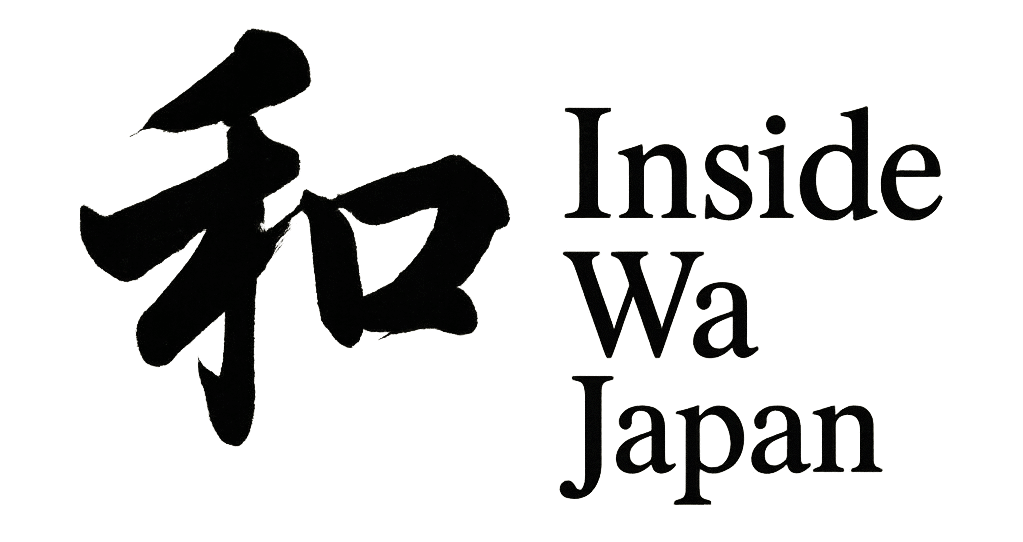Explore the Heart of
Japanese Culture
Japanese culture reflects a refined sense of harmony, where simplicity and beauty coexist. In traditional spaces like this tea room, you can feel the quiet spirit of “Wa”—a balance of nature, respect, and mindfulness at the heart of daily life.
Essence of Japanese Culture
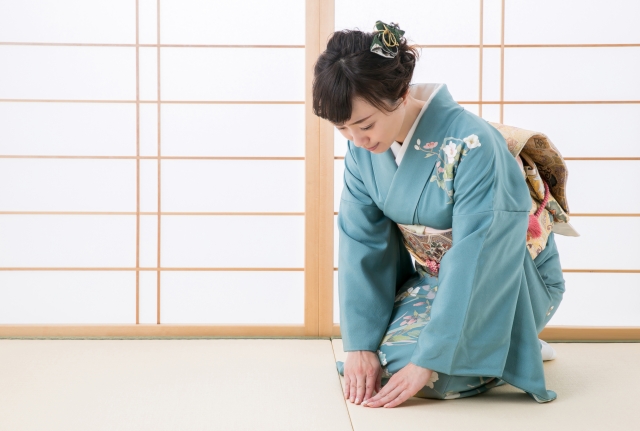
Respect &
Politeness
Japanese society values mutual respect and polite behavior in everyday life. From bowing to honorific speech, etiquette is deeply rooted in daily interactions.
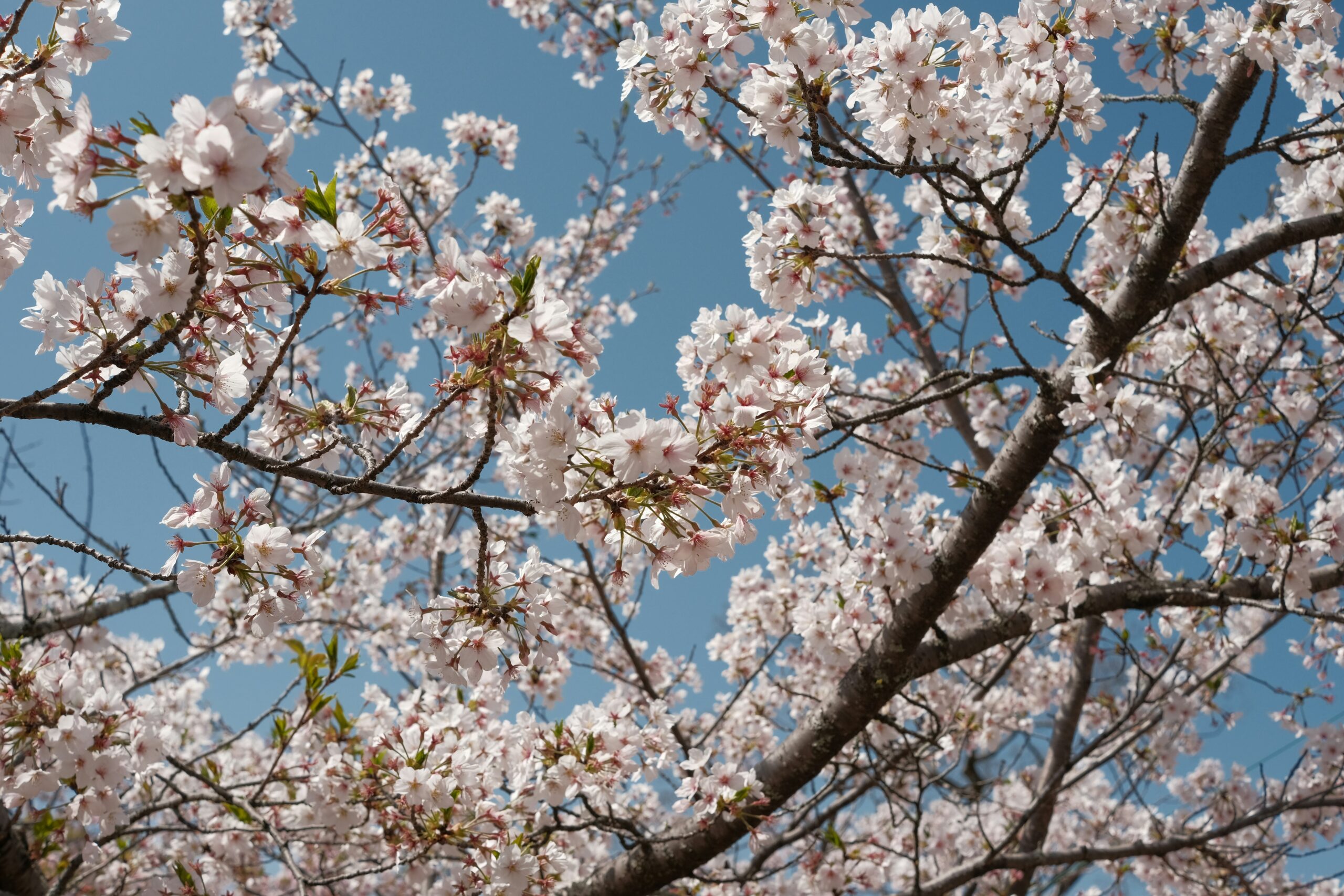
Appreciation of
Seasons
The beauty of nature’s transitions is cherished through seasonal festivals, food, and traditions. Each season offers a unique way to connect with nature.
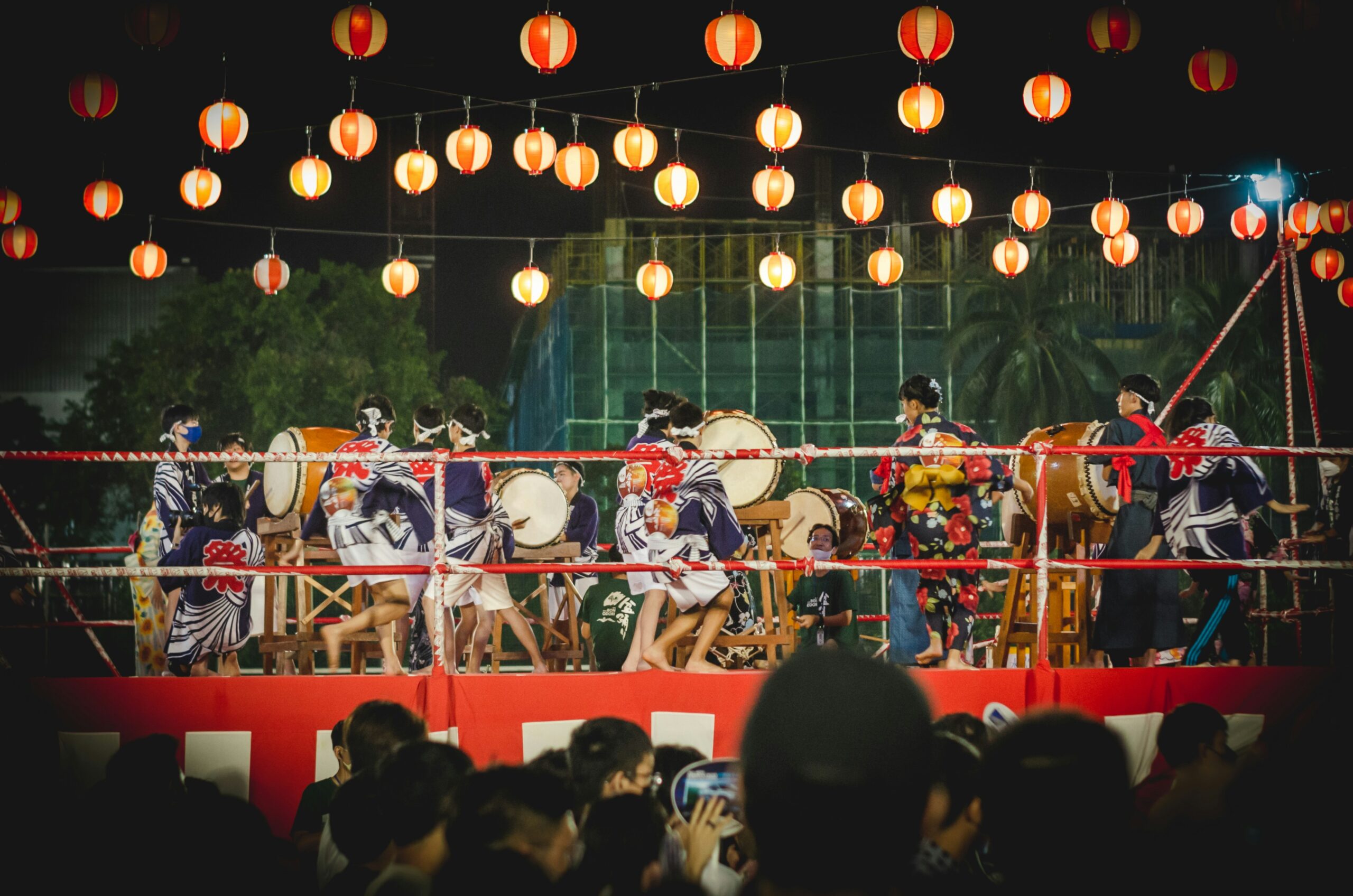
Festivals &
Performing Arts
Traditional festivals and performing arts, such as kabuki and taiko drumming, reflect regional identity and connect generations through shared celebration.
Cultural Keywords of Japan
Japanese Culture Through the Seasons
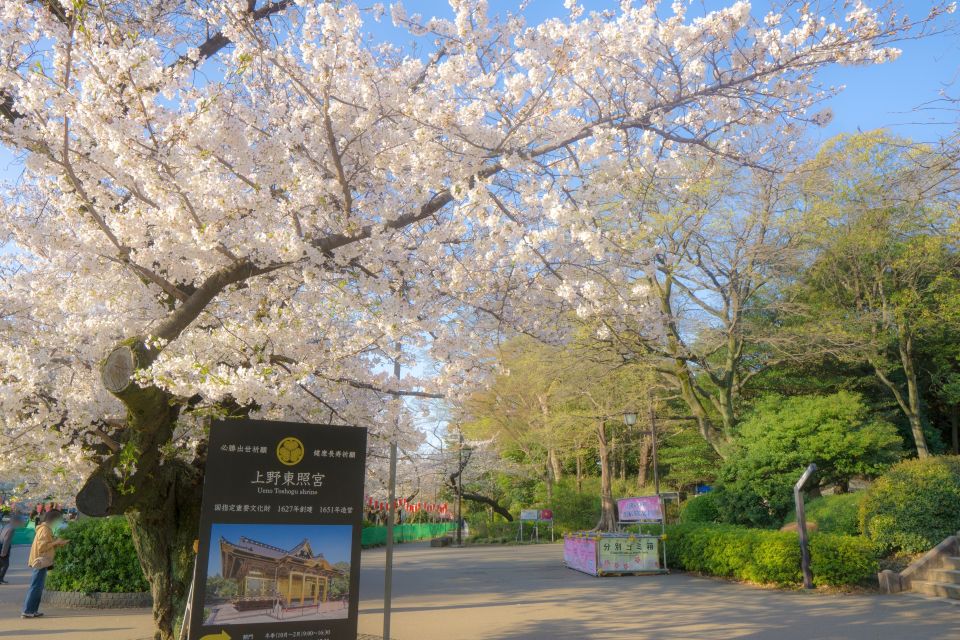
Ueno Park Cherry Blossoms
Enjoy a walk under the blooming cherry blossoms at Ueno Park, one of Tokyo’s most popular hanami spots.
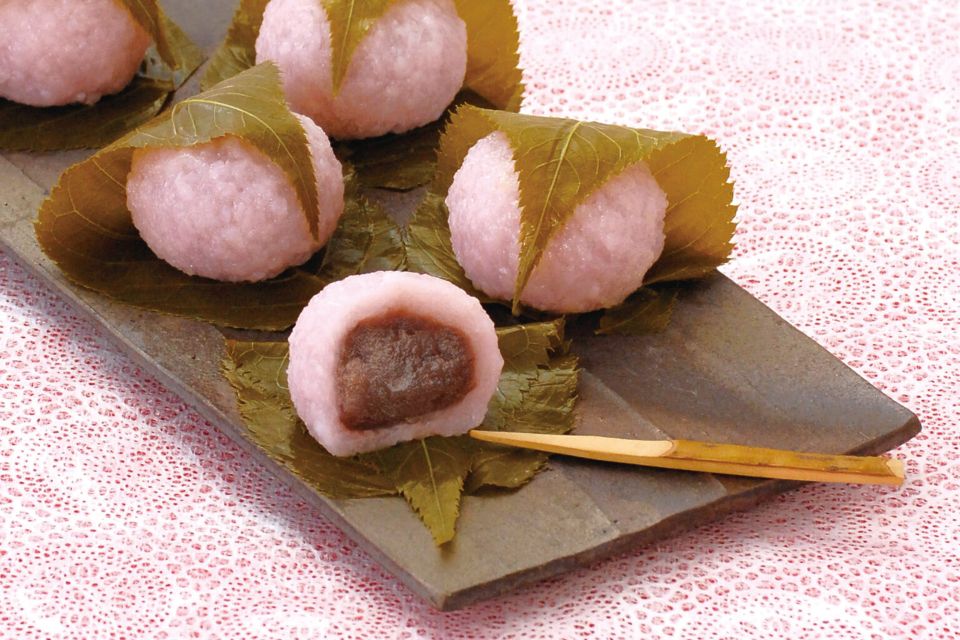
Sakura Mochi (Sweet Rice Cake)
Try this seasonal sweet wrapped in a cherry leaf – a must-eat during spring in Japan.
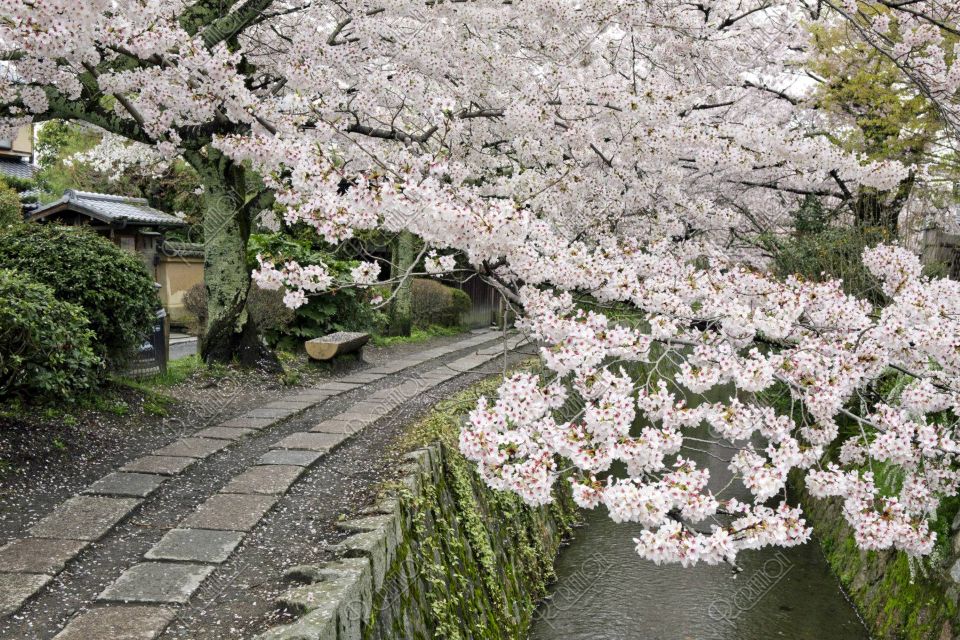
Philosopher’s Path in Kyoto
A peaceful riverside walkway lined with cherry blossoms, perfect for quiet reflection.
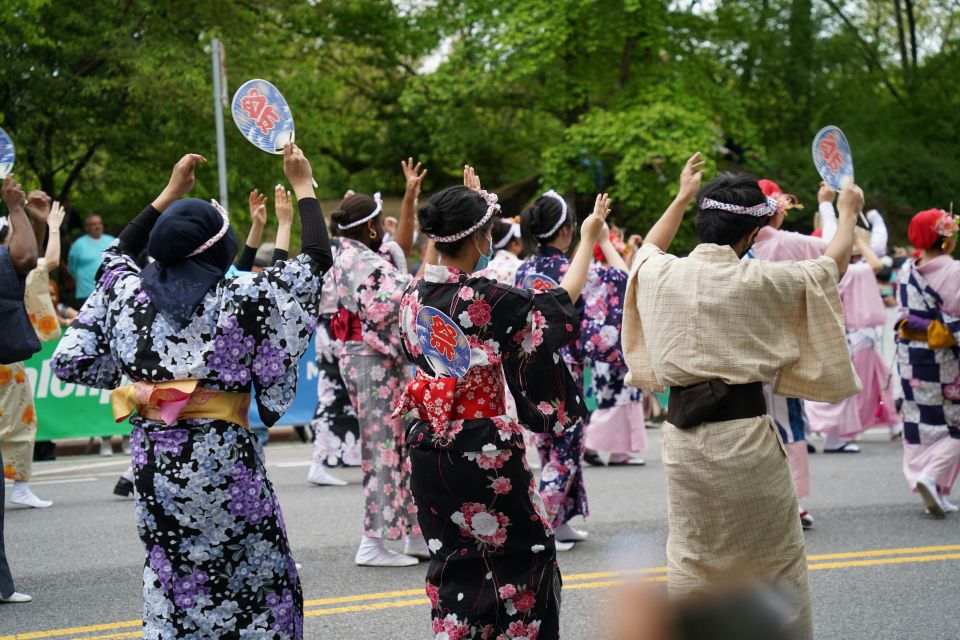
Yukata & Summer Festivals
Experience the charm of wearing yukata and enjoying fireworks festivals across Japan.
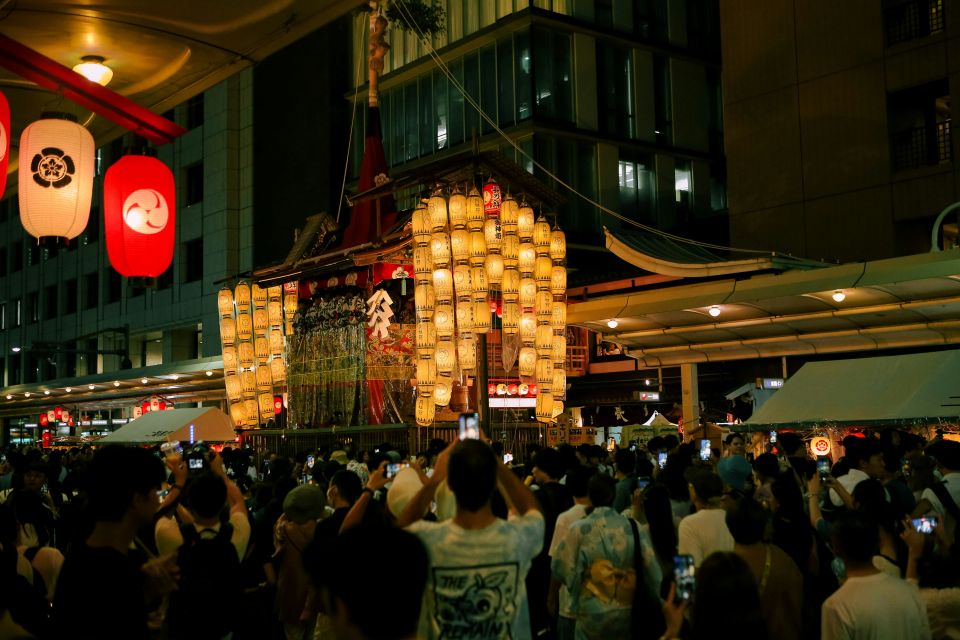
Gion Matsuri in Kyoto
One of Japan’s biggest traditional festivals with massive floats and centuries-old customs.

Kakigori (Shaved Ice Dessert)
Cool off with delicious shaved ice in fruity or traditional matcha flavors.
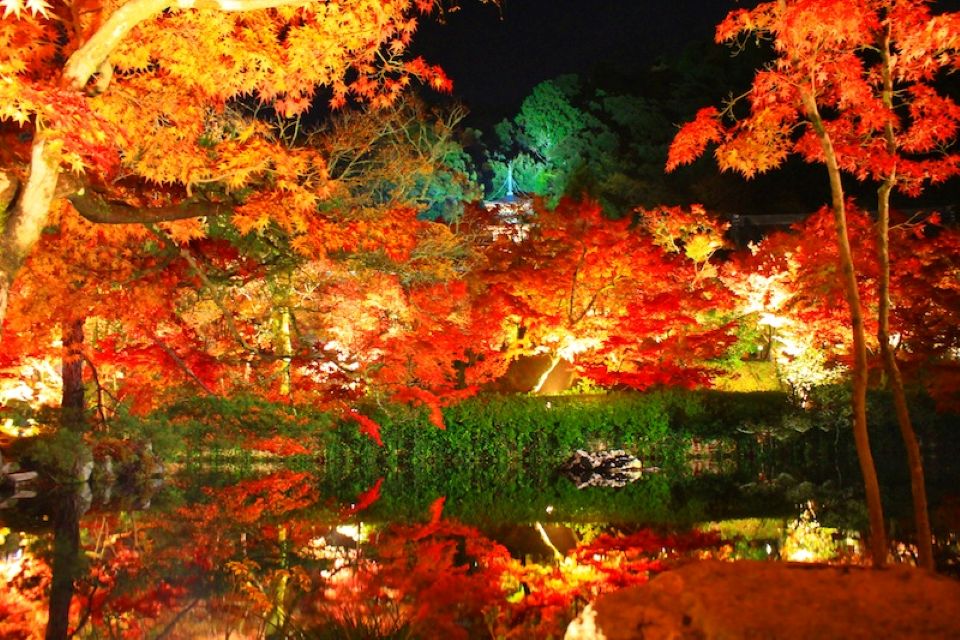
Koyo (Autumn Leaves) Viewing
Admire vibrant red and gold leaves in Kyoto’s temples and Japanese gardens.
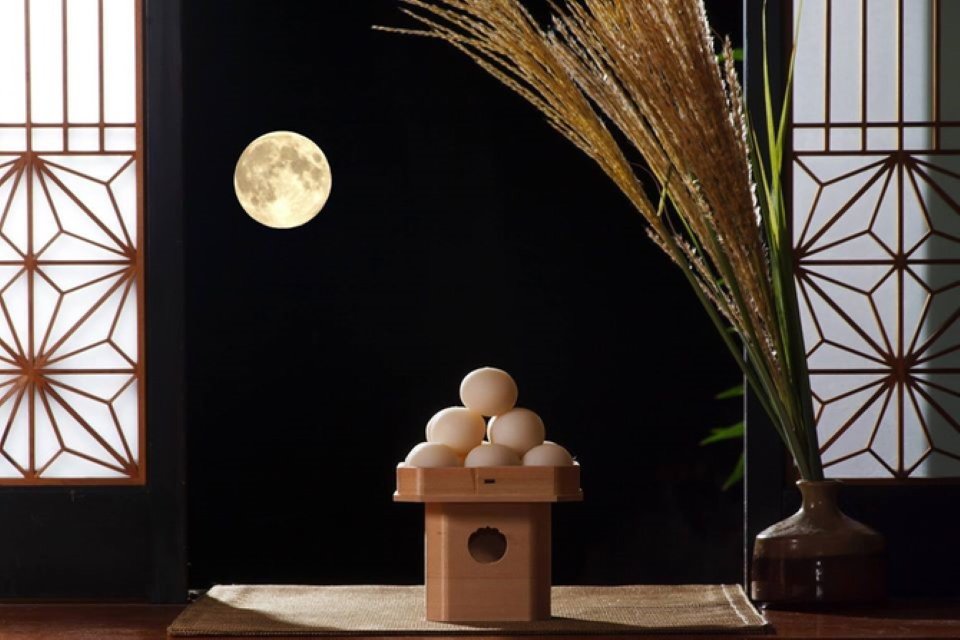
Tsukimi (Moon Viewing)
A traditional celebration of the full moon with seasonal sweets and poetry.
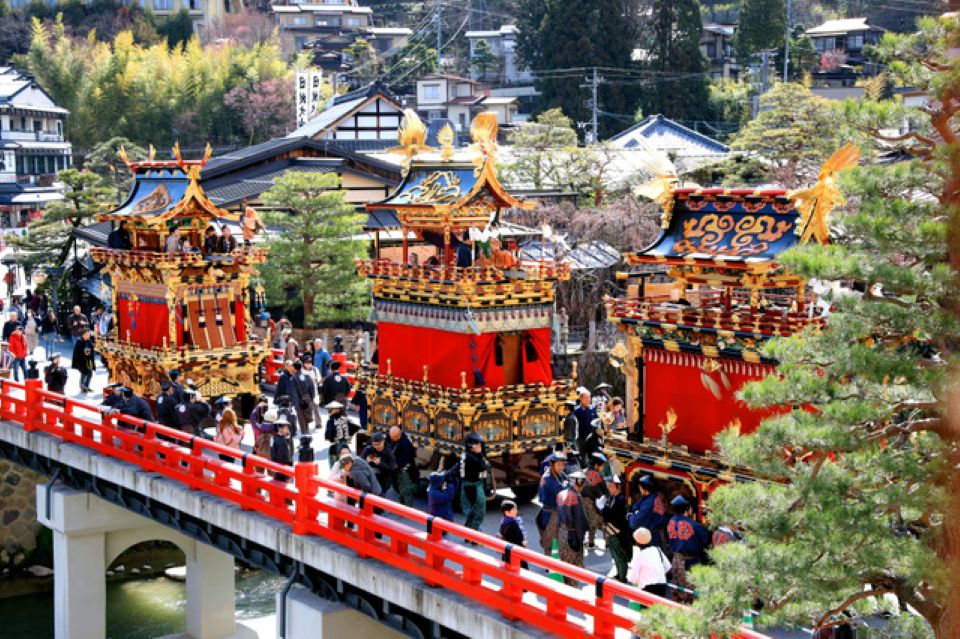
Takayama Autumn Festival
Enjoy ornate floats and puppet performances in the historic town of Takayama.
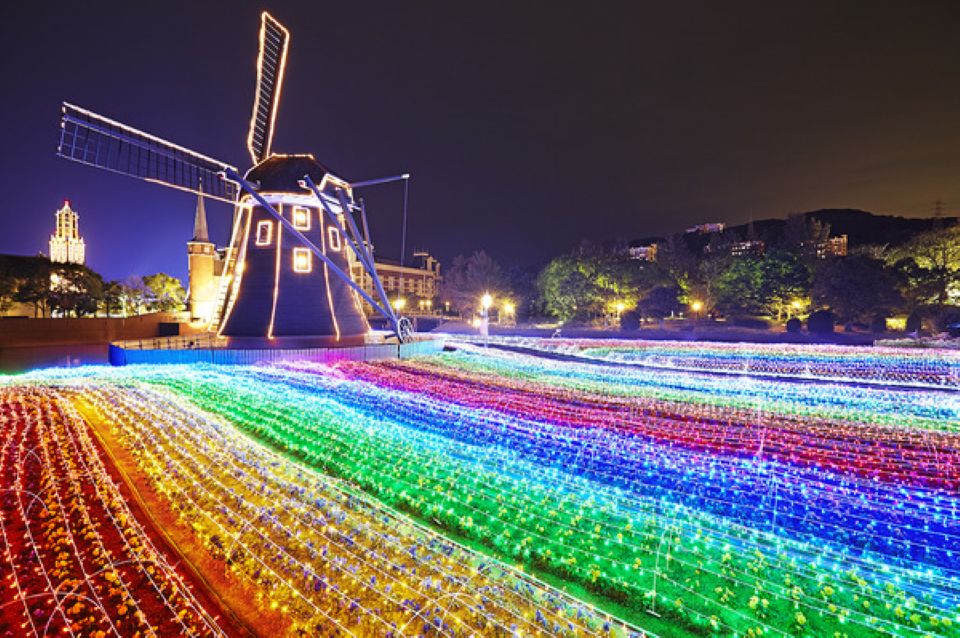
Illumination Events
Cities light up with stunning LED displays – perfect for romantic strolls.
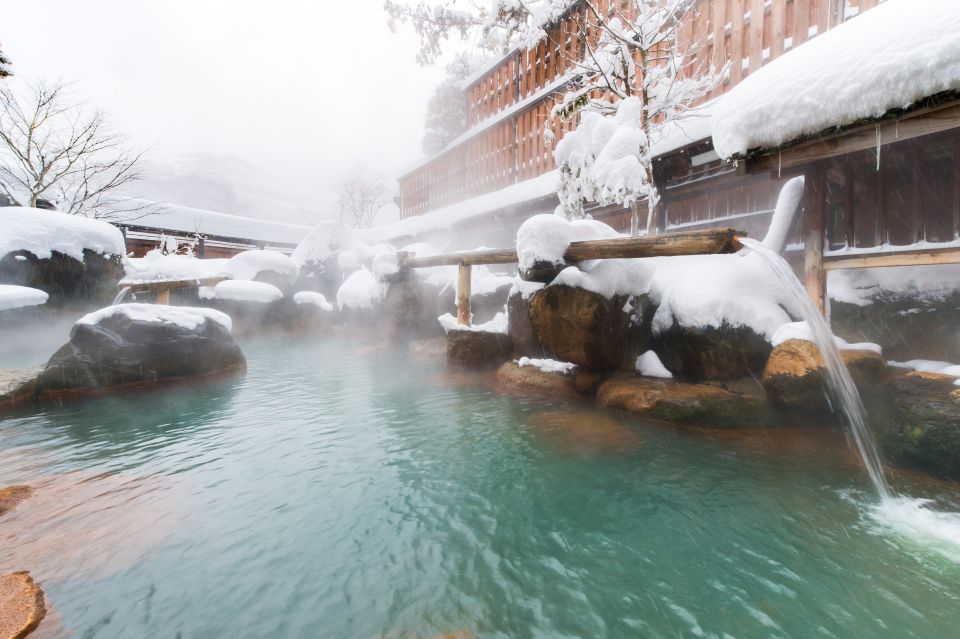
Onsen (Hot Springs)
Soak in a steaming outdoor bath while surrounded by snowy landscapes.
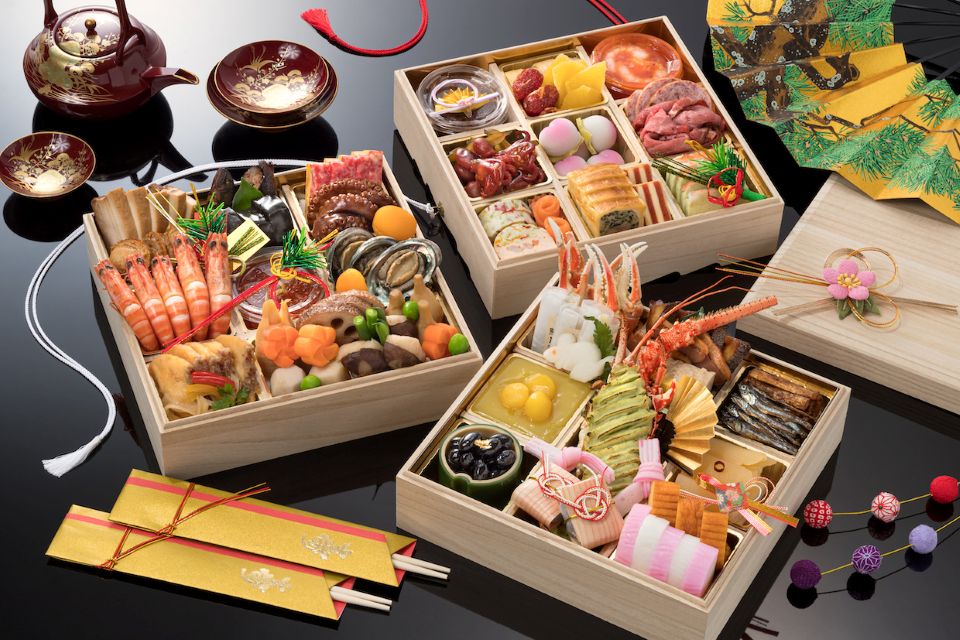
Osechi Ryori (New Year’s Cuisine)
Learn the meaning behind traditional dishes served during the New Year holiday.
🌸 Seasonal Calendar of Japanese Culture
| 📅 Month | 🎊 Event | 🇬🇧 Description (EN) | 🇯🇵 説明(JP) |
|---|---|---|---|
| January | 🎍 Oshogatsu | Visit shrines and eat osechi | 初詣やおせち料理で新年を祝う |
| February | 👹 Setsubun | Throw beans to ward off evil spirits | 節分の豆まきで鬼を追い払う |
| March | 🎎 Hinamatsuri | Celebrate Girls’ Day with ornamental dolls | ひな祭りでひな人形を飾る |
| April | 🌸 Hanami | Enjoy cherry blossoms at parks | 桜の下でお花見を楽しむ |
| May | 🗓️ Golden Week | Travel and celebrate during national holidays | ゴールデンウィークで旅行やイベント |
| June | ☔ Tsuyu | Enjoy hydrangeas and rainy days | 紫陽花や傘で楽しむ梅雨 |
| July | 🎋 Tanabata | Hang wishes on bamboo branches | 短冊に願いを書いて笹に飾る |
| August | 🕯️ Obon | Welcome ancestral spirits and dance Bon Odori | お盆でご先祖様を迎える・盆踊り |
| September | 🌕 Tsukimi | View the harvest moon with sweets | 月見団子とともに満月を愛でる |
| October | 🍁 Koyo | Admire colorful autumn leaves | 紅葉狩りで秋の景色を堪能 |
| November | 👘 Shichi-Go-San | Celebrate children’s growth at shrines | 七五三で子供の成長を祝う |
| December | 💡 Illuminations | Enjoy winter lights and prepare for New Year | 冬のイルミネーションと年末の準備 |
Japan is a country deeply connected to the changing seasons. Each of the four—spring, summer, autumn, and winter—offers its own beauty, traditions, and experiences. Explore how these seasons shape everyday life and culture throughout the year. Explore 四季 in Japan
🧑🤝🧑 The Heart of Japan: Cultural Values and Personality
From bowing to using polite language, respect is deeply embedded in daily Japanese life. You can see it in interactions with strangers, elders, and in service culture.
The concept of “wa” (harmony) is central to Japanese society. People often avoid conflict and strive for group consensus.
Time is taken seriously in Japan. For example, trains run on schedule, and meetings start exactly on time.
People tend to downplay their own success and show appreciation toward others. This reflects humility and thoughtfulness.
Omotenashi means anticipating others’ needs without expecting anything in return. It is evident in places like restaurants, ryokan, and even convenience stores.
🏡 Daily Life in Japan: Everyday Cultural Habits
In Japanese homes, people take off their shoes at the entrance and switch to indoor slippers. This practice helps maintain cleanliness and clearly separates the outside from the inside.
Many families use a kotatsu (heated table) in winter and fans or yukata in summer. These habits reflect Japan’s deep connection to seasonal changes.
Taking a bath at night is a common routine, often enjoyed in a deep tub. Baths are seen as a way to relax and refresh before going to sleep.
Trash must be sorted into detailed categories such as burnable, non-burnable, bottles, and more. Strict local rules ensure this process is followed.
Japanese convenience stores are open 24/7 and offer everything from high-quality meals to utility bill payments. They are deeply integrated into everyday life.
🏯 The Aesthetic of Japan: Simplicity, Space, and Nature
1. Wabi-Sabi
Beauty in Imperfection
Wabi-sabi is a Japanese aesthetic that embraces imperfection, impermanence, and simplicity. It appears in pottery, architecture, and everyday life, inviting us to find beauty in what is flawed, aged, or incomplete.
2. Ma
The Art of Space and Pause
"Ma" is the space between things — a silent moment, a visual pause, or a physical gap. It highlights how emptiness itself can enhance presence, especially in art, conversation, and architecture.
3. Nature in Design
Blending Indoors and Outdoors
Japanese aesthetics often treat nature as a design partner. Natural materials and seasonal elements are seamlessly integrated into homes and spaces, creating harmony with the environment.
4. Minimalism
Elegance in Simplicity
Whether it’s a tea ceremony room or a stone garden, Japanese design favors simplicity and balance. The belief that “less is more” gives spaces a quiet elegance and calming beauty.
5. Symbolism in Objects
Cultural Meaning in Everyday Things
Everyday objects in Japan often carry symbolic meaning. Cherry blossoms represent renewal and fleeting beauty; bamboo suggests strength and resilience. These layers of meaning add depth to daily life.
🧑🦰 A: 今日はお世話になります。
(Kyou wa osewa ni narimasu. — Thank you in advance for your support.)
🧑🦱 B: こちらこそ、よろしくお願いします。
(Kochira koso, yoroshiku onegaishimasu. — Likewise, I appreciate your help.)
💬 Culture in Language: What Japanese Words Tell Us
“Ohayou gozaimasu” / “Otsukaresama desu”
These daily greetings express respect and group harmony. Japanese people use them not just out of habit, but to build social bonds and show awareness of others' efforts.
“Enryo”
This word reflects humility and self-restraint. Even when someone wants something, they might say “Iie, kekkou desu” (No thank you) to avoid appearing selfish. It's a form of polite distance.
“Tatemae” & “Honne”
“Tatemae” refers to the public face or socially acceptable behavior, while “honne” reflects true feelings. Navigating between these is part of daily communication in Japan.
“Itadakimasu” / “Gochisousama”
These expressions before and after meals express gratitude not just to the cook, but also to nature and life itself. They reflect a spiritual and cultural appreciation for food.
“Yoroshiku onegaishimasu”
This versatile phrase can mean “Please be kind to me” or “I look forward to working with you.” It helps form trust and shows consideration in new relationships.
